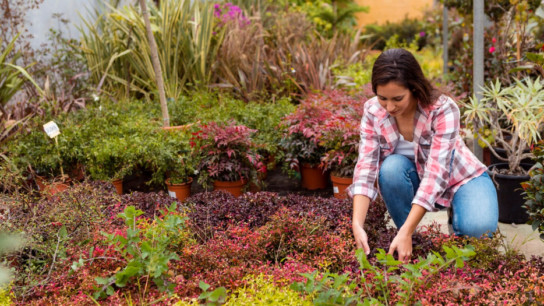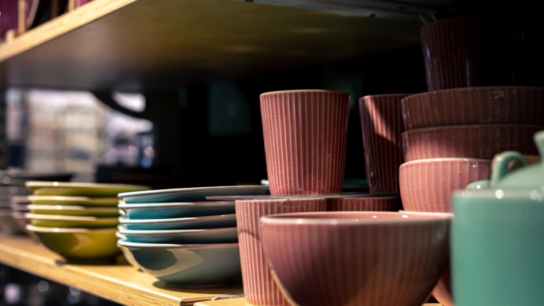Choosing the right flooring can completely transform your space. It’s more than just a practical element—it defines mood, comfort, and even how light interacts with your home. Whether you’re redoing a kitchen, refreshing a living room, or adding an entirely new extension, the flooring you select must align with your lifestyle, budget, and design goals. Let’s explore the key factors that will help you make a confident decision.
Balancing Style and Durability with Epoxy Quartz Coatings
Epoxy quartz is a flooring solution that combines decorative quartz aggregate with a durable epoxy resin. The result is a textured, attractive surface that stands up to heavy foot traffic. This material is ideal for homeowners looking for a sleek, modern look that’s also tough on spills, stains, and scratches.
The epoxy quartz flooring works especially well in areas that demand resilience, like garages, utility rooms, or basements. Its seamless finish resists moisture and mold, making it a smart choice for spaces exposed to water. If you love vibrant or earthy tones, quartz blends offer beautiful customization options.
Creating Warmth and Value with Residential Hardwood Flooring
Residential hardwood flooring remains a timeless favorite. It brings warmth, elegance, and natural charm to any home. This type of flooring, made from solid or engineered wood, varies in grain, tone, and texture depending on the species.
Oak, maple, and hickory are popular choices due to their strength and beauty. One of the best things about hardwood is that it can be refinished multiple times, giving your floors new life with each sanding. It suits traditional, rustic, or even minimalist styles, and adds significant resale value to your property. If comfort, beauty, and long-term investment matter to you, residential hardwood flooring is hard to beat.
Adding Quartz Slabs to the Kitchen for a Cohesive Finish
Kitchens are evolving into multifunctional spaces, and the surfaces within them must do more than just look good. Quartz slabs aren’t just for countertops—they can seamlessly flow into flooring and wall accents for a unified aesthetic. If you’ve already invested in quartz countertops, extending the same material to your kitchen floor can create a smooth, coordinated look.
Quartz is non-porous and resists stains, making cleanup a breeze. Though slabs are heavier and pricier than tiles, they deliver unmatched luxury and sophistication.
Exploring Flooring Options for Garden Room Extensions
A garden room extension bridges the indoors with the outdoors. These spaces might serve as offices, yoga studios, or quiet reading retreats. Whatever the use, flooring choice plays a major role in comfort and style.
Wood-effect tiles or engineered wood are popular picks, offering natural warmth without warping from humidity.
Aligning Flooring with Light and Room Orientation
Natural light dramatically changes how a floor looks. If a room faces north and doesn’t get much sun, you might choose a lighter wood or quartz finish to reflect light and brighten the space. South-facing rooms allow more freedom in choosing deeper tones, since the light won’t make the space feel dull.
Also consider whether you want to create contrast or harmony with your walls and furniture. Flooring can either be the focal point or serve as a neutral base for bold design choices elsewhere.
Conclusion
Flooring is one of the most foundational design decisions you’ll make in any home project. Whether you’re drawn to the rugged charm of epoxy quartz, the timeless appeal of residential hardwood flooring, or the modern versatility of quartz slabs and garden room materials, your choice should reflect your personal style, practical needs, and long-term vision.






